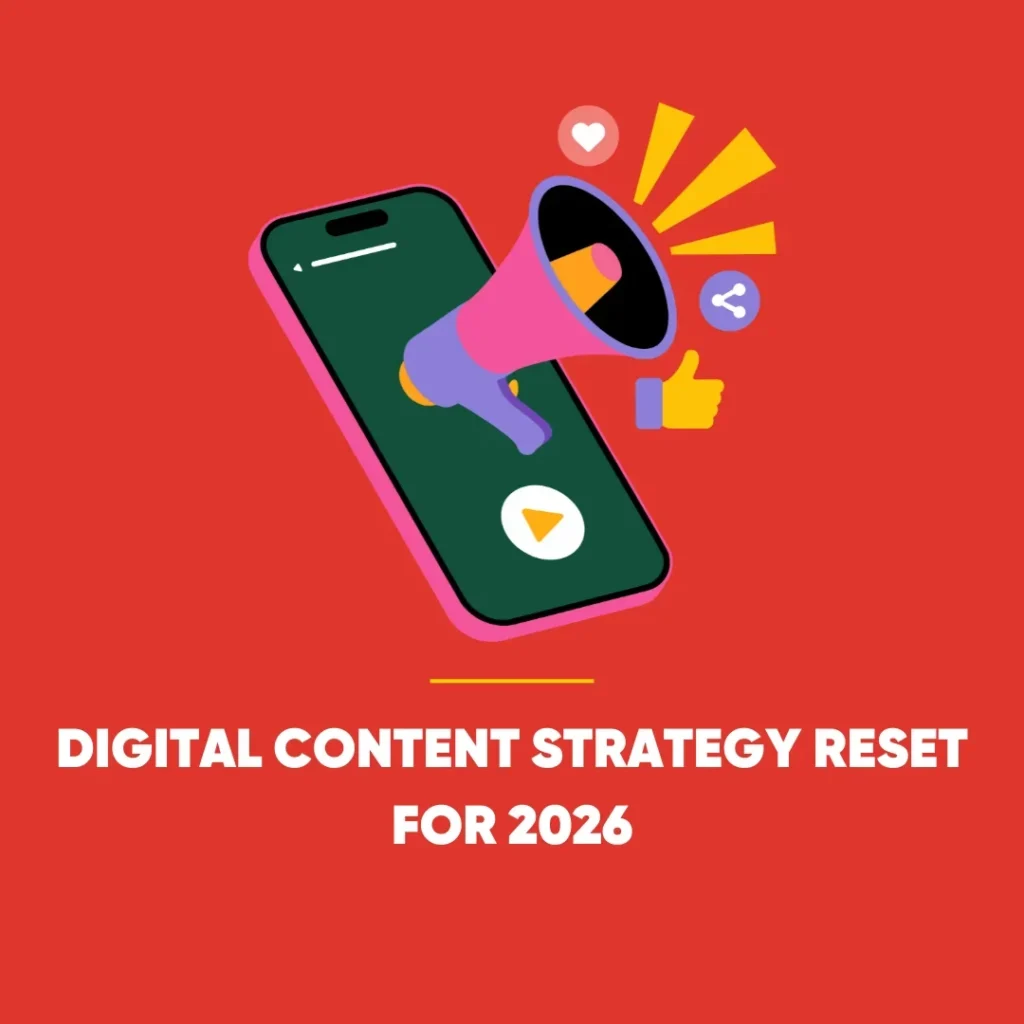Micro-Interactions Web Design: Transforming User Engagement
Micro-interactions web design is a fundamental element of modern web design, significantly contributing to the enhancement of user experience and engagement. These small, often subtle design elements respond to user actions through animations, visual cues, or audio feedback. By doing so, they guide users through tasks, provide immediate feedback, and create a more engaging and intuitive interface.
Purpose and Interaction
Micro-interactions serve two primary purposes: guiding users through tasks and providing feedback on actions. Unlike micro-animations, which may animate automatically without user initiation, micro-interactions typically require some form of user action to trigger them. For instance, a user might click a button or hover over an element to initiate a micro- interaction. These interactions provide immediate feedback or confirmation, which can help users understand the result of their actions. On the other hand, micro-animations enhance the visual appeal and draw user attention without necessarily providing direct feedback.
Examples of Micro-Interactions
Micro-interactions can be found in various forms across modern web designs. Common examples include:
- Toggle Switches: These allow users to switch between different states (e.g., on and off) with immediate visual feedback.
- Pull-to-Refresh Indicators: Often used in mobile applications, these indicators provide visual feedback when the user pulls down the screen to refresh the content.
- Form Validation Messages: These messages provide immediate feedback on whether the user’s input is correct or needs adjustment.
Micro-animations, though similar, focus more on enhancing aesthetics and drawing attention rather than providing direct feedback. Examples include:
- Hover Effects: These animations occur when a user hovers over an element, providing visual cues about interactivity.
- Loading Animations: These indicate that the system is processing an action, helping to manage user expectations.
- Background Element Movements: Subtle animations in the background can make the interface feel more dynamic and engaging.
Benefits of Micro-Interactions
Incorporating micro-interactions into web design offers several benefits that enhance the overall user experience:
- Improved User Engagement: Micro-interactions directly influence user engagement by making the interface more interactive and responsive. They encourage users to interact with elements, thereby increasing the time spent on a site or application.
- Enhanced User Experience: By providing immediate feedback, guidance, and responsiveness, micro-interactions make the user experience more intuitive and enjoyable. Hence users feel more in control and informed about their actions.
- Error Prevention: Visual cues and immediate feedback can help users avoid mistakes. For example, form validation messages can alert users to errors in real-time, preventing the submission of incorrect information.
Best Practices for Implementing Micro Interactions
To effectively incorporate micro-interactions into your web design, consider the following best practices:
- Keep it Simple: Micro-interactions should be subtle and unobtrusive. Overly complex or distracting animations can overwhelm users and detract from the overall experience. The goal is to enhance usability, not to clutter the interface.
- Use Consistency: Establish a consistent design language for micro-interactions and apply them uniformly throughout your design. Consistency helps users predict how the interface will respond to their actions, reducing confusion and furthermore enhancing the user experience.
- Test and Refine: Continuously test your micro-interactions with real users to gather feedback. Observing how users interact with your design can provide valuable insights into which elements work well and which may need adjustment. Overall, refine your micro-interactions based on this feedback to ensure they meet user needs effectively.
The Impact of Micro-Interactions on User Behaviour
Micro-interactions, while small, have a significant impact on user behaviour. They can subtly influence how users interact with a website or application, encouraging desired actions and enhancing overall satisfaction. For instance, a well-designed micro-interaction can make filling out a form less tedious by providing real-time validation and feedback. This immediate response can motivate users to complete the form, improving conversion rates.
Moreover, micro-interactions can also help in building a connection between the user and the product. They add a layer of personality to the interface, making it feel more human and approachable. This emotional connection can increase user loyalty and positive perception of the brand.
Practical Applications of Micro-Interactions
In practical terms, micro-interactions are applied across various aspects of web design to improve functionality and aesthetics. Some specific applications include:
- Navigation: Micro-interactions can enhance navigation by providing visual feedback when users interact with menu items. For example, a slight animation when a user selects a menu item can confirm their choice and guide them through the interface.
- Buttons and Controls: Buttons that respond to user actions with subtle animations or changes in colour can indicate that an action has been registered, providing reassurance to the user.
- Feedback and Notifications: Real-time feedback through micro-interactions, such as a checkmark appearing when a task is completed, can provide users with a sense of accomplishment and clarity.
- Interactive Forms: Forms that incorporate micro-interactions, like highlighting the current field or providing instant validation, can make the process of entering information smoother and more efficient.
Designing Effective Micro-Interactions
Additionally, to design effective micro-interactions, it’s essential to focus on the user’s journey and identify key moments where feedback and guidance are most needed. Here are some steps to consider:
- Identify Key User Actions: Determine the critical actions users need to perform on your site or app. Moreover, these could be anything from filling out a form to navigating through a menu.
- Map Out the User Journey: Understand the user journey and identify points where micro-interactions can provide value. This could be at moments of input, decision-making, or completion of a task.
- Design for Clarity and Delight: Ensure that micro-interactions are not only functional but also delightful. They should enhance clarity, making it easy for users to understand what’s happening, while also adding an element of delight that makes the experience memorable.
- Prototype and Test: Create prototypes of your micro-interactions and test them with real users. Use feedback to iterate and improve, ensuring that the final design meets user expectations and enhances their experience.
Future Trends in Micro-Interactions Web Design
As technology and user expectations evolve, the role of micro-interactions in web design is likely to expand. Some emerging trends include:
- Increased Personalization: Micro-interactions will become more personalised, adapting to individual user preferences and behaviours. All in all, this can create a more tailored and engaging experience.
- Integration with AI and Machine Learning: AI and machine learning can enable more intelligent micro-interactions that anticipate user needs and provide proactive assistance.
- Enhanced Accessibility: Future micro-interactions will place a greater emphasis on accessibility, ensuring that all users, including those with disabilities, can benefit from these design elements.
- Augmented and Virtual Reality: As AR and VR technologies become more prevalent, micro-interactions will play a crucial role in creating immersive and intuitive user experiences in these environments.
Conclusion: Micro-Interactions Web Design
In conclusion, micro-interactions are a vital component of modern web design, offering numerous benefits that enhance user engagement and experience. By guiding users through tasks, providing immediate feedback, and preventing errors, micro-interactions create a more intuitive and enjoyable interface. Implementing them effectively requires simplicity, consistency, and continuous testing and refinement. As technology advances, the future of micro-interactions promises even more personalised, intelligent, and accessible experiences, making them an indispensable tool for web designers looking to create standout digital products. By incorporating these small yet powerful elements into your web design strategy, you can significantly improve the overall usability and appeal of your site or application, setting it apart in an increasingly competitive digital landscape.
Find out more about what’s happening within the digital marketing in our blog column.









